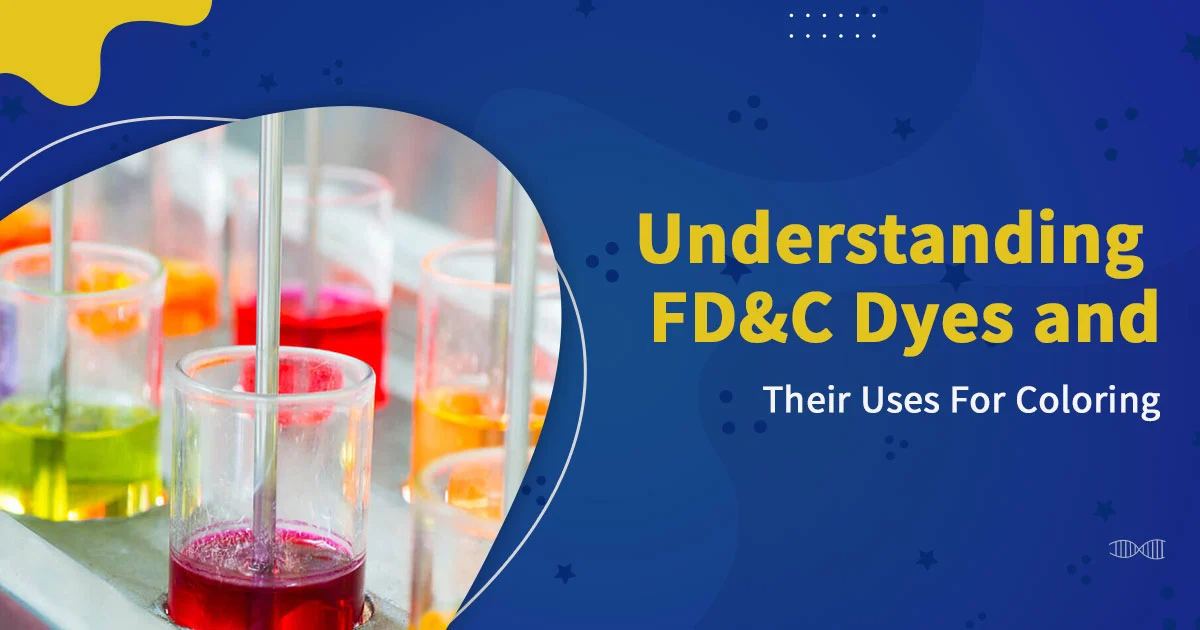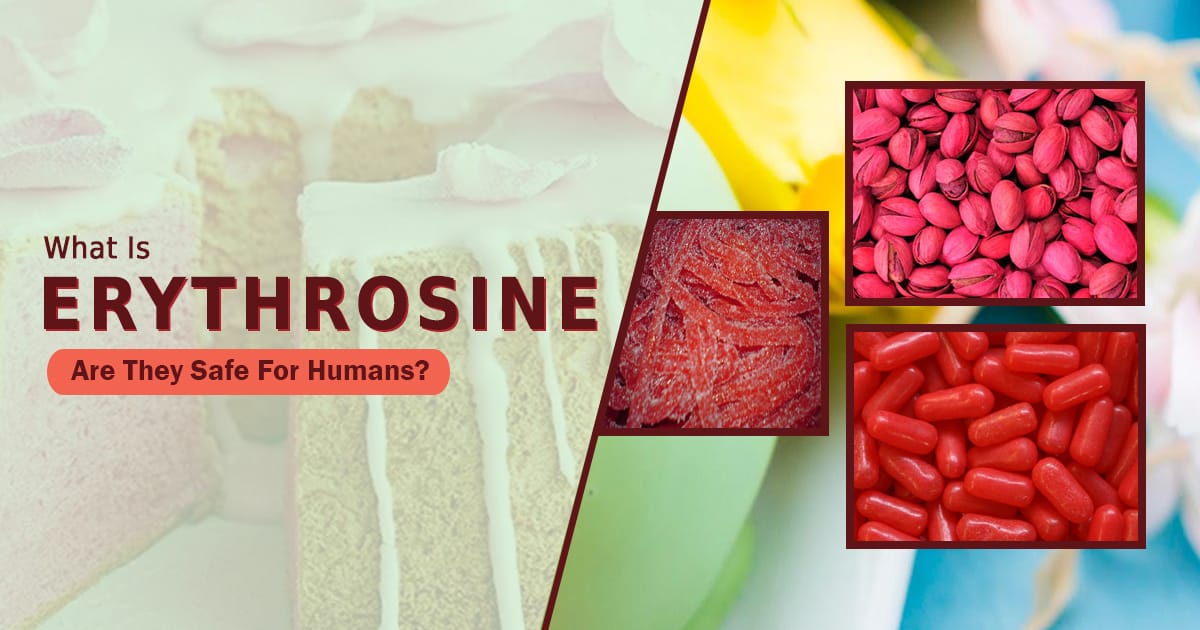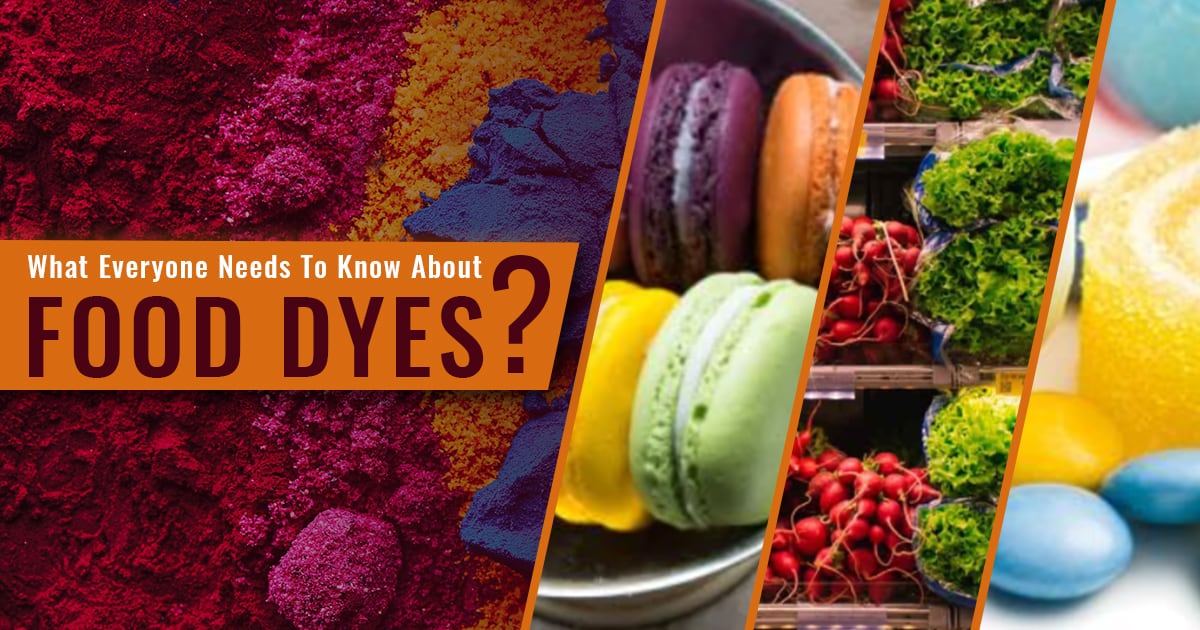Introduction
Dyes are critical in various scientific, industrial, and cosmetic applications. From staining biological samples in laboratories to adding color to commercial products, these compounds are essential for visualization, analysis, and aesthetic enhancement.
Among the many dyes used in science and industry, the Phloxine B dye stands out for its versatility and precision in biological staining.
Researchers and product developers widely utilize it in microbiology, cell biology, and personal care formulations due to its vivid coloring and functional properties.
What is Phloxine B Dye?
Phloxine B dye is a synthetic, water-soluble xanthene dye commonly used for its bright pink to red coloration. Chemically, it is a fluorescein derivative categorized as an acid dye.
Its molecular formula is C20H4Br4Cl2Na2O5, which includes multiple halogen atoms contributing to its intense coloration and staining abilities.
This dye appears as a red powder and dissolves easily in water or ethanol, making it ideal for preparing staining solutions.
Scientists recognize its strong affinity for binding with proteins, which makes it particularly useful for staining cell structures and identifying dead cells in microbiological studies.
Read More: FD&C dyes and their uses for coloring
Applications of Phloxine B Dye
Scientists and manufacturers prize Phloxine B dye for its broad applications, particularly in scientific and consumer industries.
1. Microbiology and Cell Biology
One of the most prominent uses of Phloxine B dye is in microbiological staining.
Researchers widely employ it to distinguish between live and dead cells. Dead cells absorb the dye and become brightly stained, while live cells exclude it, offering a clear contrast under a microscope.
2. Food and Pharmaceutical Industry
Regulatory authorities in some countries have approved Phloxine B dye for limited use as a color additive in food and pharmaceuticals.
It imparts a pink hue to tablets, lozenges, and coatings, enhancing visual appeal and aiding in product identification.
3. Cosmetics and Personal Care
Cosmetic manufacturers use Phloxine B dye in formulations such as lipsticks, blushes, and nail polishes due to its vibrant red color.
They value it for its bright appearance and compatibility with other cosmetic ingredients.
4. Textile and Ink Industries
Though not as common as other dyes in these sectors, Phenol B can be used in specialty inks and textile printing to achieve specific red or pink shades.
How does Phloxine B dye work?
Phloxine B dye’s functionality in biological applications stems from its interaction with cellular membranes. It cannot penetrate the intact membranes of live cells but easily enters and stains cells with compromised membranes—i.e., dead cells.
This property makes it highly effective for viability assays and differential staining.
Phloxine B exhibits mild fluorescence, enhancing its visibility under certain lighting conditions. This feature is particularly useful in fluorescence microscopy, where accurate identification of cell viability is critical. Its strong binding affinity to proteins and nucleic acids further improves contrast in histological samples.
Conclusion
Phloxine B dye is a reliable and multifunctional compound with extensive applications across microbiology, pharmaceuticals, and cosmetics. Its distinct ability to differentiate live and dead cells makes it invaluable in lab settings, while its vibrant color ensures its usefulness in product formulation.
Whether used in a petri dish or a lipstick tube, Phloxine B continues to serve science and industry with consistency and color.
If you work in biological research or product development, you must understand how Phloxine B dye works and where to apply it to choose the proper staining or coloring agent.




